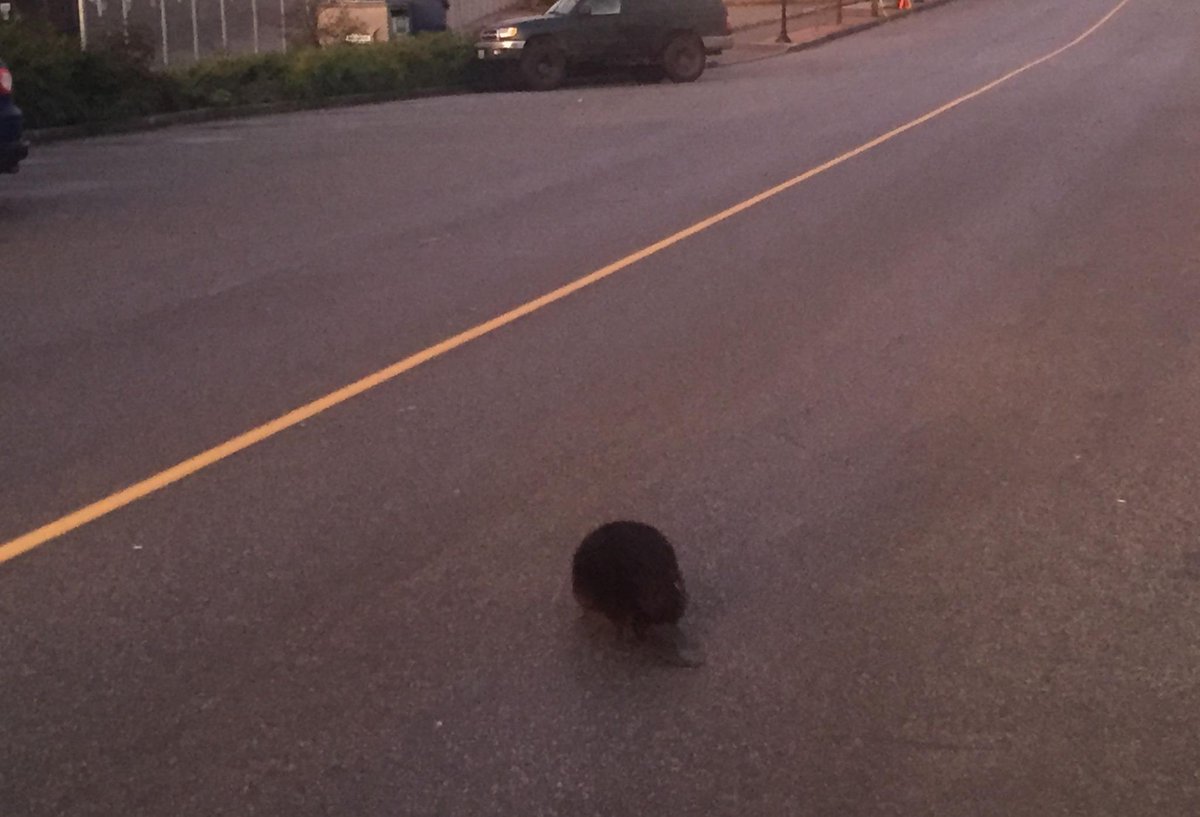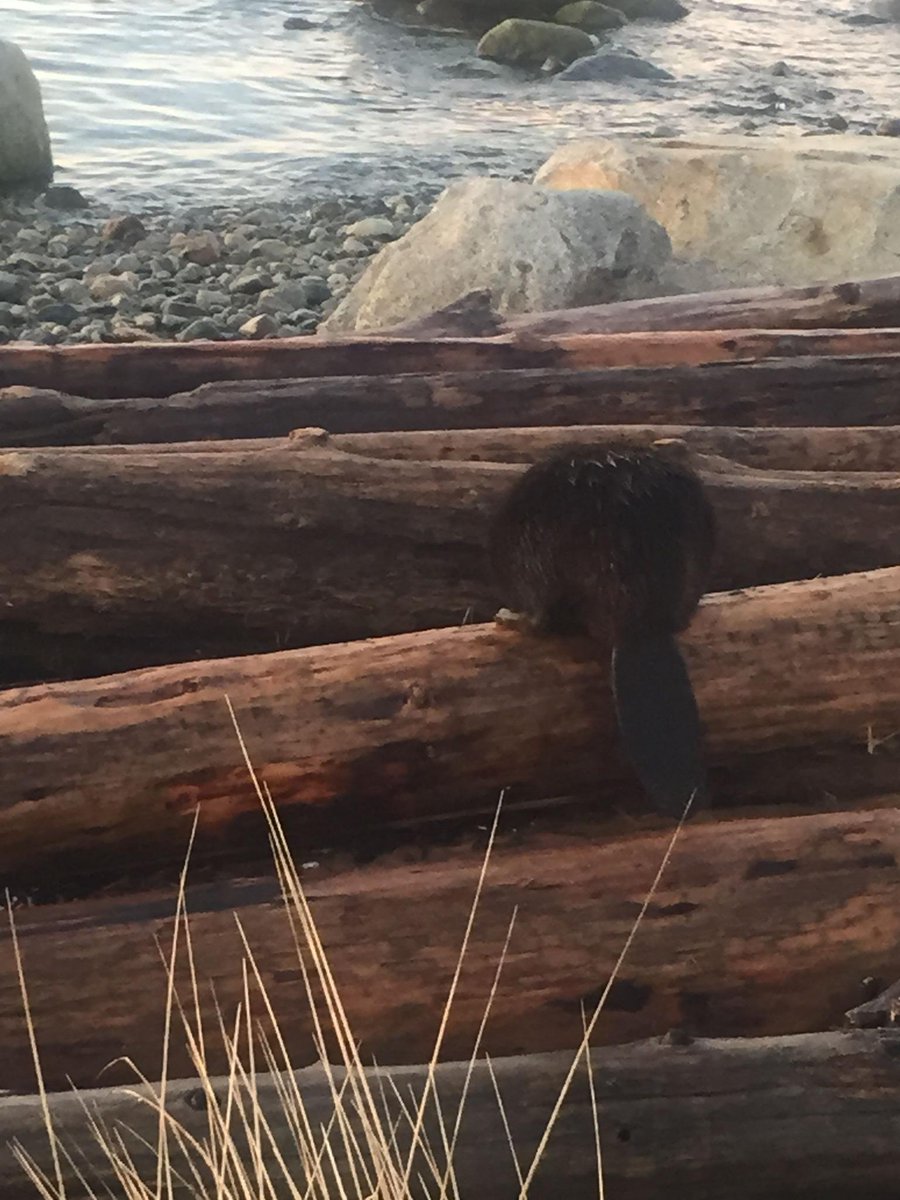
Beaver illegally trapped and killed near shopping center in Lancaster County
A beaver that repeatedly set up a dam on a pond near a Lancaster County shopping center has allegedly been illegally trapped and killed, according to news reports. The beaver used sticks to create a 25-foot dam on the waterway beside the Red Rose Commons shopping center in Manheim Township, according to LancasterOnline.
It was first noticed in November by David Kilmer, executive director of the South Central Transit Authority. During a hard rain, the beaver dam caused some parking spaces to flood at the transit authority’s nearby headquarters on Erick Road.
Kilmer told LancasterOnline he dismantled the dam weekly, but was willing to co-exist with the wild beaver. The news organization reported he was “thrilled” with the presence of the beaver, which each time would have the dam rebuilt overnight.
Reconstruction seemed to end this week when evidence suggested someone likely trapped and killed the animal.
Okay, I know this looks like a bad story, but think about it. This is Pennsylvania and the director of transportation was happy to rip out the dam every day and unhappy that the beaver was killed. Have I been wrong about everything? First Ohio wants to coexist and now the transit authority in Lancaster Pennsylvania? Will Alabama be next? It was reported in the PAPER! People were upset by this! Hundreds of beavers are killed even in California without the smallest alarm or conversation. Heck, even the permit to kill our beavers was originally issued without a blip on anyone’s radar.
Alcoa used to operate a plant in the area and still owns much of the wetlands there. When the company determined the beaver dam was causing flooding at its pumping station, the company contracted with Lititz-based Critter Catcher Inc.
The wildlife specialists were hired to humanely capture and release the beaver to best protect the animal and the property, a company spokeswoman said. But someone else apparently had another agenda and set up a Conibear trap – a body-gripping trap designed to kill animals quickly – on the ground next to the pond, according to LancasterOnline.
Blood was also found next to the pond. Though the trap is legal if it is used in water, it is illegal to use it on land.
Really? It’s okay to drown beavers but not to crush them on land? If it’s true it must be about protecting accidental pet injuries, because I can’t imagine it makes a difference to anyone where beavers are killed. But still, considering the state this story comes from it’s a sign of remarkable progress. Whenever beaver deaths are reported as shocking and unplanned it is progress. This story confronts without defending, instead of wrapping up the incident with a rosy package and calling it ‘management’. In fact there isn’t even an attempt to exonerate the offending party or let them lie or try to explain that the beaver was harming property and needed to be removed to protect public interest. We didn’t even get that in Martinez, where the media was always giving the city council several paragraphs to explain the damage the beavers would do if left alone. This article is just stark reporting of the death. Which is pretty amazing.
Since I’ve been reporting on beavers I have learned something about their news cycle. There are a handful of compelling scientific stories about beaver benefits every year from across the world. There are even fewer valiant neighborhood watch stories that show how to live with them. There are plenty of stories about how great trappers are, and how much damage beaver cause, but there really are no frankly bad-ass stories that just describe what actually happens to them when we call the critter removal company. There just aren’t. Not in Pennsylvania. Not in Oregon. No where.
I am celebrating with something else shockingly bad-ass and unexpected. Let’s think of it as crushing myth, ignorance and expectation.
















































